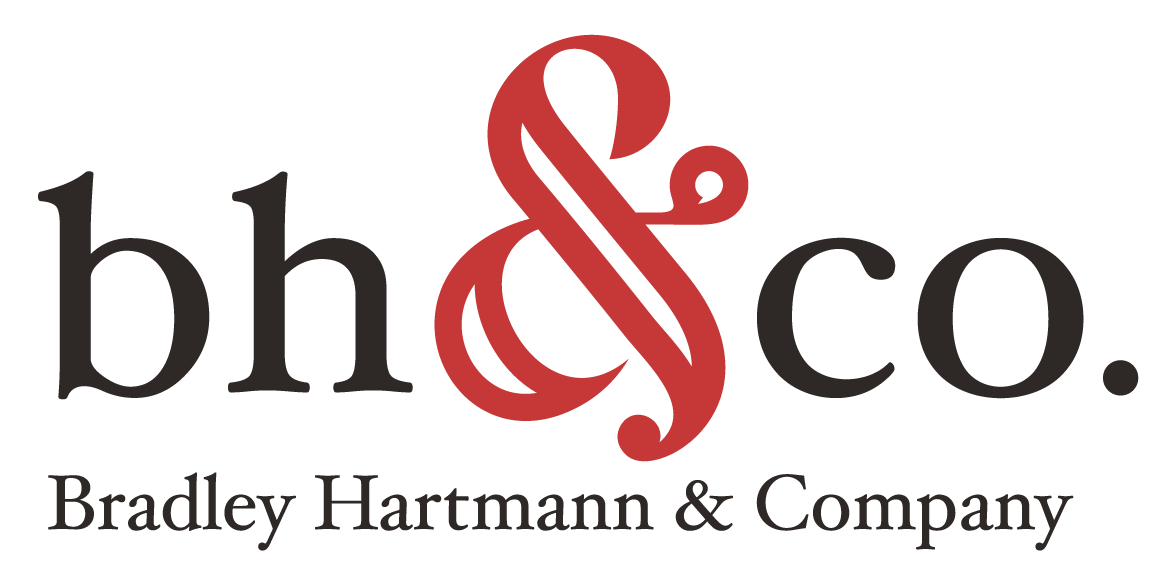The Greatest Negotiation Move of All-Time
The Yankees negotiated Babe Ruth away from the Boston Red Sox for $125,000.
That was a great move.
In January of 2001, Bobby Bonilla deferred $5.9 million dollars of his New York Mets contract. Now, every July 1 is known as Bobby Bonilla Day, when the former outfielder receives $1.19 million dollars.
Bonilla will continue to do so through the year 2035, at which point he’ll be 72 years old.
That was a great move.
However, the greatest move in the history of sport belongs to Ozzie and Daniel Silna: the Polyester Princes of New Jersey.
Ozzie and Daniel were second generation textile manufacturers and the first to introduce polyester as a fabric in the 1970s. The brothers wished to diversify their business holdings and acquired the Carolina Cougars of the upstart American Basketball Association (ABA).
They promptly moved them to St. Louis and renamed the team, The Spirits of St. Louis.
When the National Basketball Association (NBA) finally agreed to a merger in 1976, ABA franchise owners were elated. Daniel and Ozzie didn’t believe every ABA team would join the NBA, but they felt confident the Spirits would.
The brothers assumed the Virginia Squires would be the odd team out. And when the Squires were bounced, they’d issue a list of demands.
The Silnas wanted to be prepared. Their dream of owning an NBA franchise was finally within their grasp! The brothers pulled an all-nighter, thinking through the myriad potential machinations, detailing dozens of possible concessions, and innumerable alternatives.
The following morning, the Silnas were exhausted but confident. They possessed a neatly scripted, 10-page plan on yellow legal paper. They were ready to negotiate.
The negotiation among the seven ABA teams tipped off.
Disaster struck immediately.
Turns out the Silnas had been right.
And wrong.
The Virginia Squires were, in fact, boxed out of the NBA.
As were the Kentucky Colonels . . . and the Spirits of St. Louis.
The NBA would only allow four teams to join the league:
1. New Jersey Nets
2. Indiana Pacers
3. San Antonio Spurs
4. Denver Nuggets
Crestfallen, the Silnas realized all the work they had done the night before to prepare for the Squires offensive . . . now represented their own negotiation playbook.
The Silnas were offered $3.3MM to go away.
But they had another idea.
The brothers proposed accepting less money—only $2.2 million—and all Ozzie and Daniel wished for in return was a small concession: 1/7 of the remaining four ABA teams’ share in future broadcast revenue.
Television revenue in 1976 was virtually non-existent, so the newest NBA executives quickly approved the proposal. The executives then asked the brothers about the terms.
“In perpetuity.”
Forever.
“Oh. And two other minor things,” the brothers said.
One: In the event the NBA added new teams, the Silna’s percentage of the broadcast revenue could not be diluted.
Two: The contract must specify the agreement cannot “be evaded or made obsolete.”
“Sure,” was the response. After all, the four teams couldn’t join the NBA with a lawsuit hanging over their heads.
And so it was that the Silna brothers, the Garden State polyester princes!, received 2 percent of the entire league’s TV money. Forever.
You know what happened next.
Well, who happened next.
Bird.
Magic.
MJ.
In exchange for not running a team, the Silnas earned $300 million dollars between 1976 and 2014. The effortless profits did not make the brothers popular among NBA owners.
Three different law firms representing the four former ABA teams tried to crack the agreement over the course of the next decade.
Each failed.
In April 2014, the NBA announced an agreement to pay the Silna brothers $500 million more dollars to eliminate the most profitable NBA franchise that never was.
Nearly four decades of pure profit—more than $800,000,000—stemmed from humble origins.
Generally, the boys demonstrated a willingness to prepare thoughtfully for the negotiation.
More specifically, they identified surplus concessions. Concessions are things of value designed to exchange during Negotiation: The Event, which allows the conversation to ascend beyond the lowest common denominator of price.
The construction industry is rife with well-intentioned people, working hard to negotiate effectively, with no negotiation training at all.
No proactive planning sessions. No surplus concessions.
The result?
Price-based competition and a race to the bottom.
While Babe Ruth has his own candy bar and Bobby Bonilla has his own holiday, the Silna brothers are the rightful owners of the greatest negotiation move of all-time.
Proactive planning and the identification of surplus concessions probably won’t earn you a riskless profit of $800 million dollars—nor will it get your name on a candy bar or a holiday— but it will help you confidently and consistently negotiate beyond price.
To immediately improve your negotiation skills, click here to download the free 16-page excerpt from the new book and online course: 04-22 Negotiation. Password is hartmann. Feel free to share with your team.






